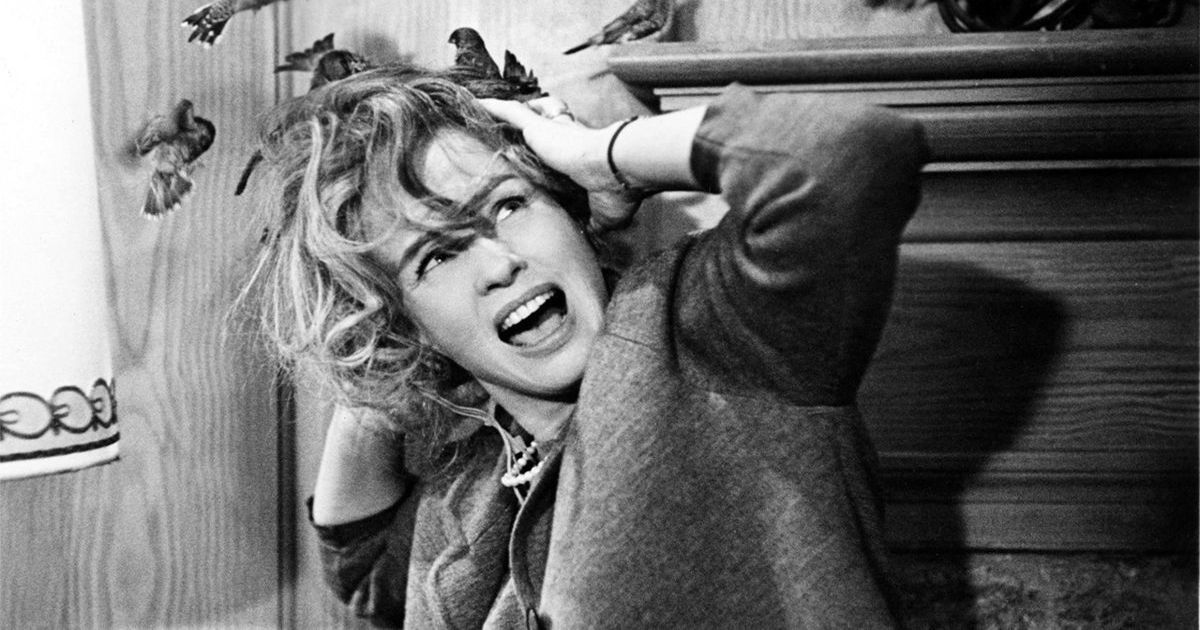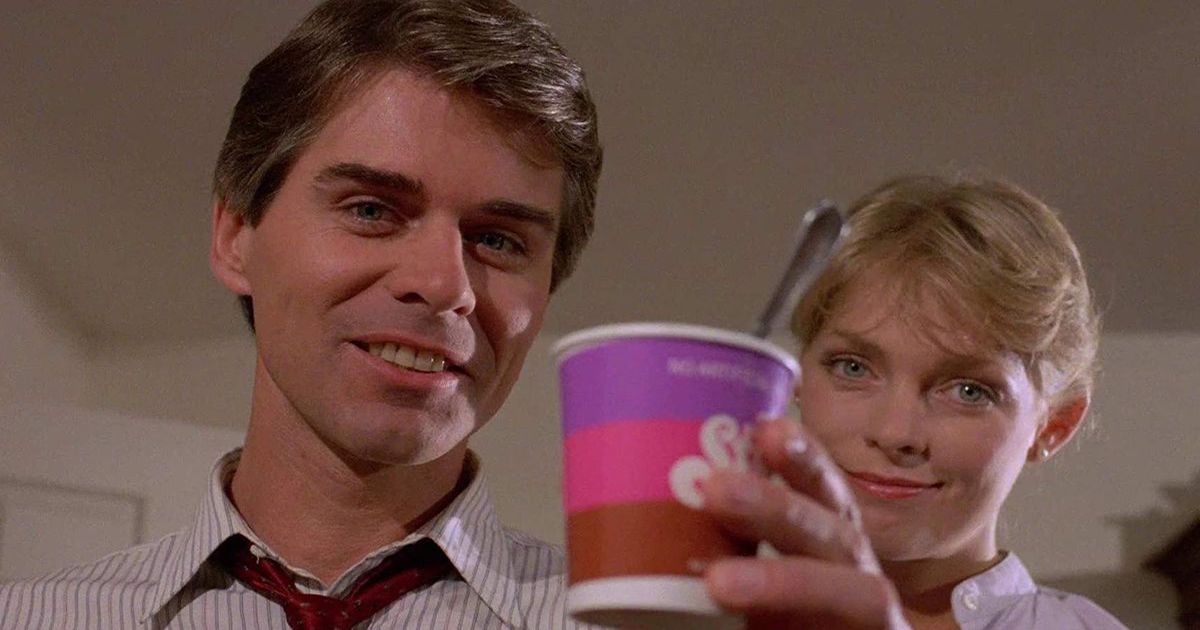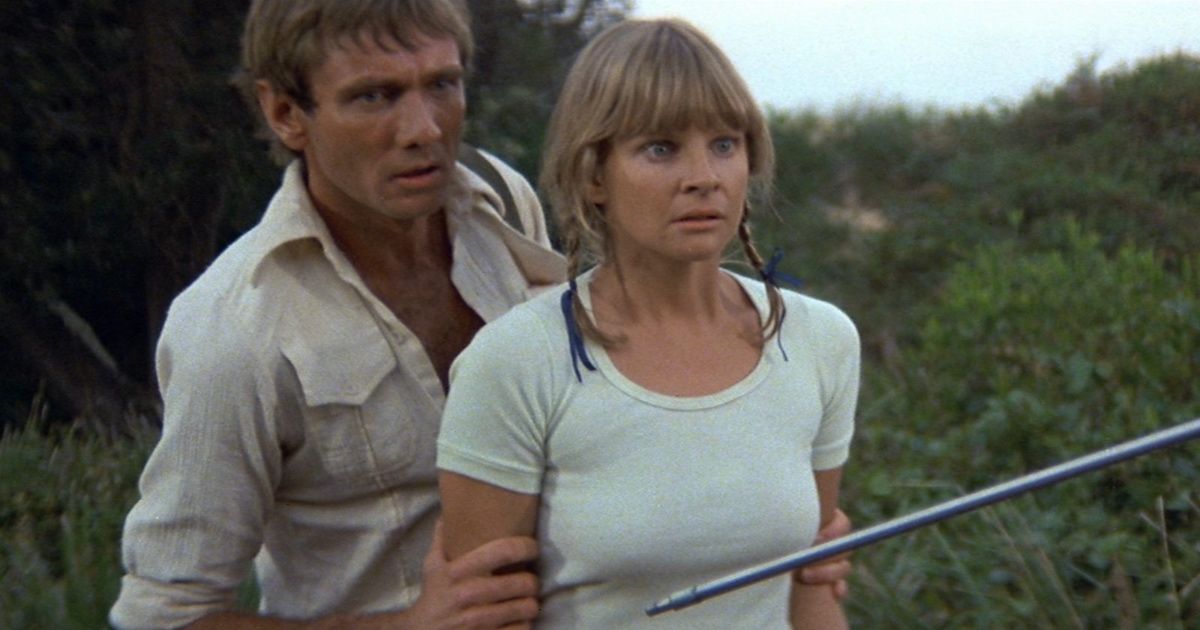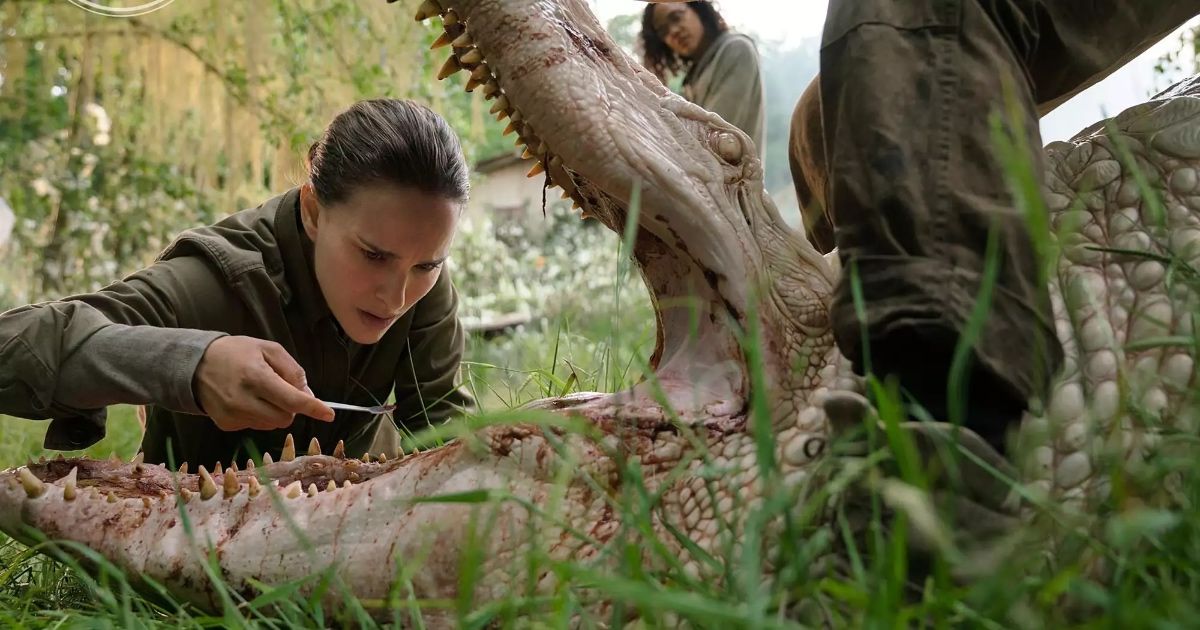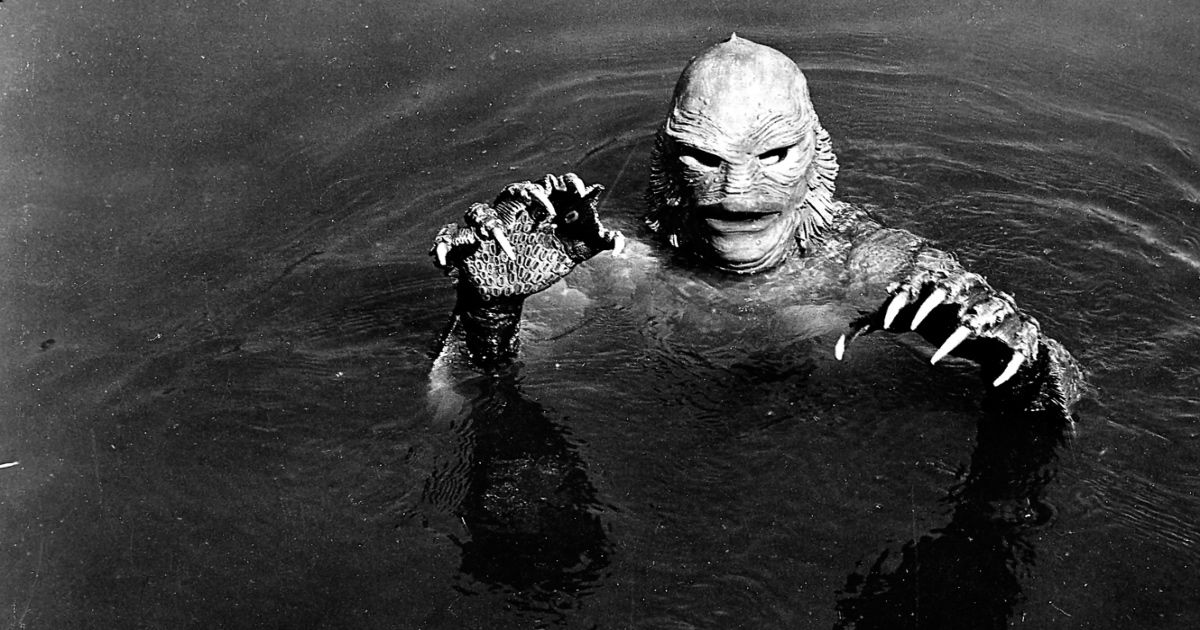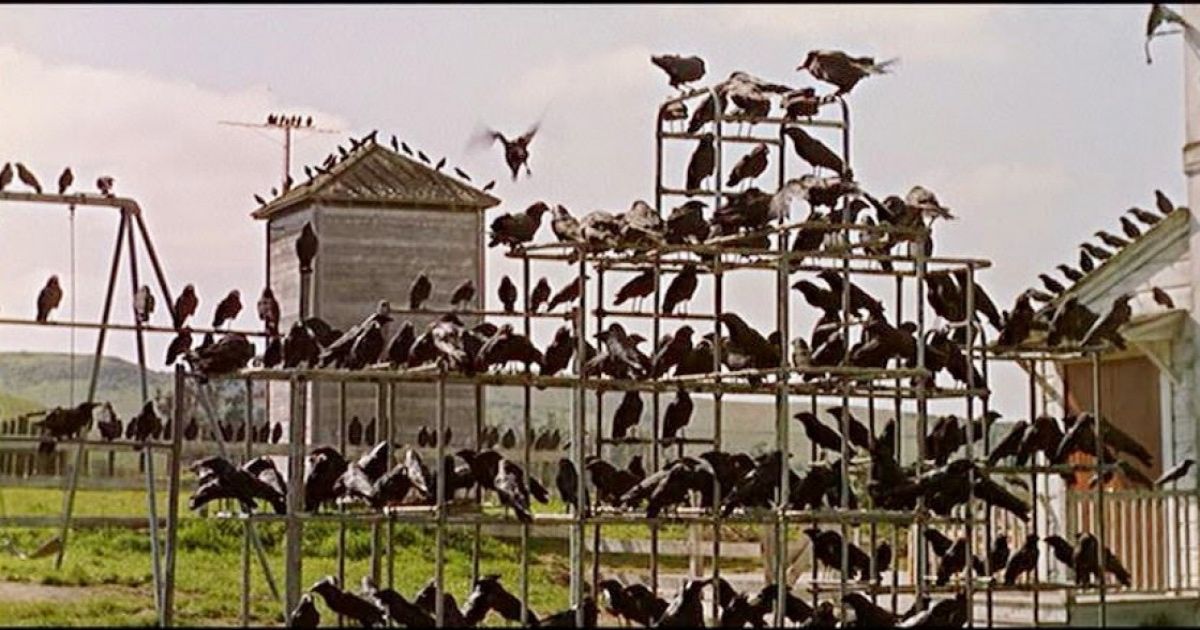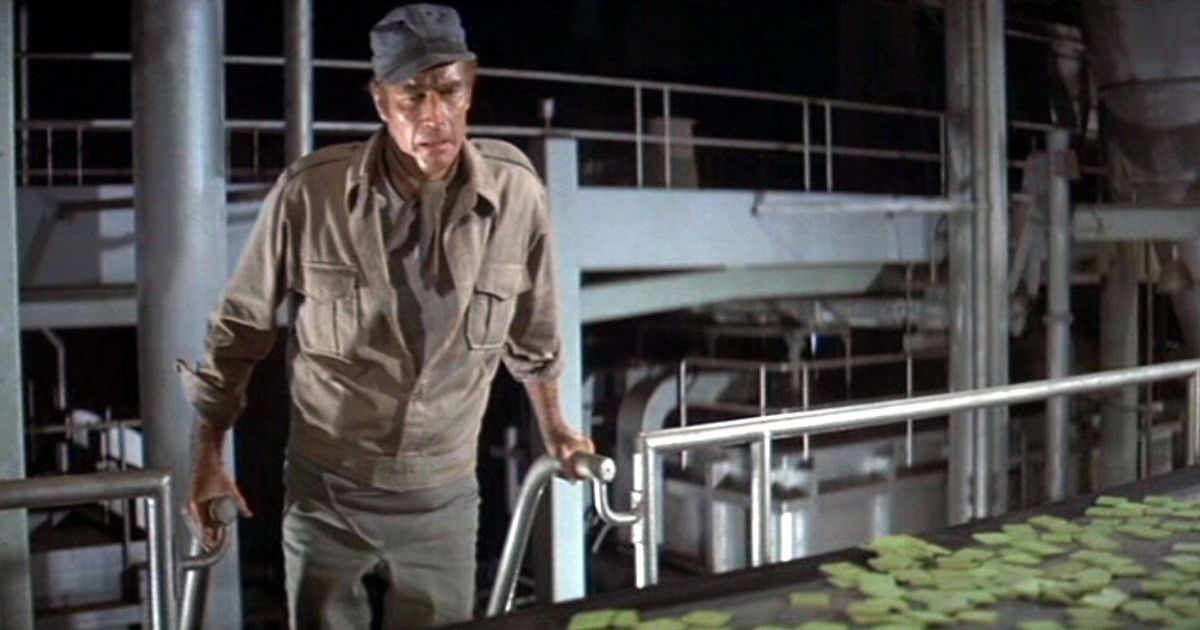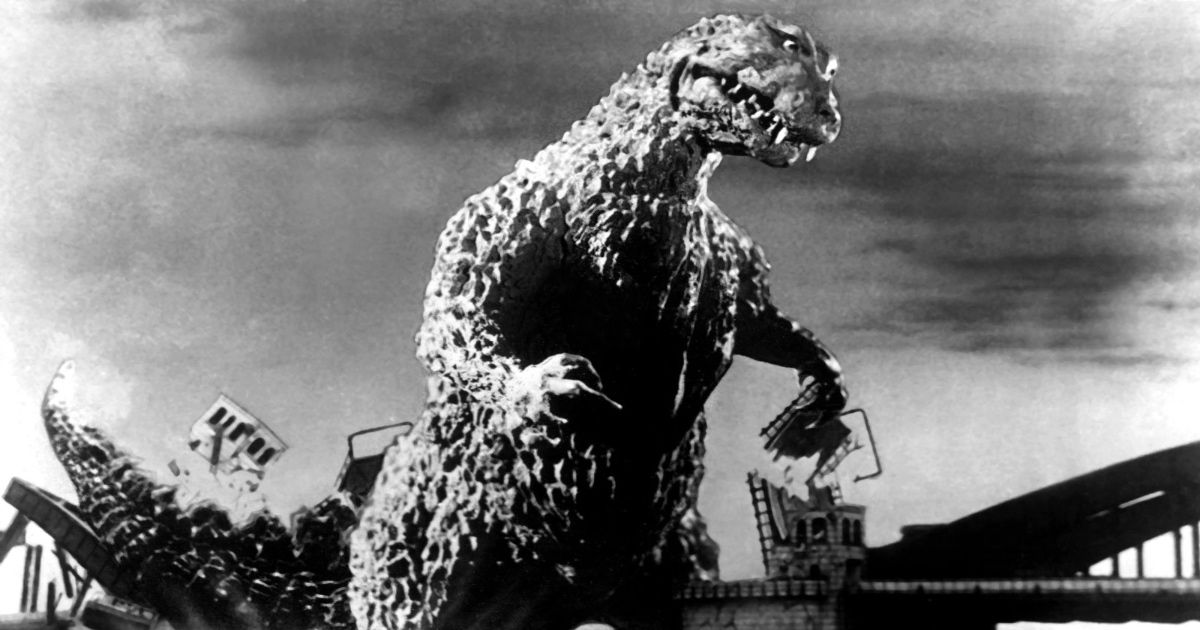What's more horrifying than the inevitable environmental collapse of our one and only planet Earth? Not much these days, especially as the natural world around us has continued to deteriorate in response to too much human interference. Eco-horror has remained one of the most popular horror subgenres since the beginnings of the genre itself, cemented in the early days of grainy black-and-white pictures that paved the way for the movie world as we know it today. From the classic mid-century monster movies to the campy scares of the '70s and '80s, to the more modern horrors of the new millennium, horror is constantly evolving. But as the years have passed, one universal truth has remained the same – the biggest threat to the planet has always been rooted in humanity itself.
According to National Geographic, greenhouse gases have hit an all-time high; erosion is eating up coastlines at a staggering rate, and climate change contributes to rapidly-growing rates of infectious disease and ecosystem decline. The National Oceanic and Atmospheric Administration states that July 2021 was the hottest recorded month "since records began 142 years ago." Given what's going on around us, filmmakers have plenty of material to inspire them as the human race has struggled to remain in some semblance of harmony with Mother Nature. The scariest films are often the most realistic ones. That said, here are some of the best eco-horror films, ranked.
9 The Stuff (1985)
The Stuff, directed by Larry Cohen, is a feast for fans of body horror. This 1985 film oozes with satire and dark comedy, while providing commentary on human gluttony and over-consumption. When a mysterious white substance is found to be leaking from the Earth's surface, its delicious taste makes it the newest dessert craze. Marketed to the masses and called "The Stuff," it infiltrates every crevice of society with ultimately disastrous consequences. Investigations are launched into the true nature of the addictive organism, and terrifying discoveries are made. The Stuff offers a cutting commentary on the cult of consumerism.
8 Long Weekend (1978)
You know the saying "Take nothing but pictures, leave nothing but footprints" that encourages explorers to be good stewards of the natural world? This Australian cautionary tale follows a couple (John Hargreaves and Briony Behets) that disregard that rule, and the calamities that come to them as a result. Long Weekend takes place during a beach camping trip gone wrong, after the couple engage in a series of careless acts against the planet: littering, killing animals, and chopping down trees, just to name a few. The ecosystem and its animal inhabitants revolt against them, ensuing in a psychological thriller that showcases the power of nature.
7 The Bay (2012)
The Bay is somewhat of a hidden gem among Barry Levinson's star-studded filmography. This 2012 film takes place in Claridge, Maryland, a coastal community in the Chesapeake Bay gripped by a parasitic pandemic. Concerns about water quality expose the true source behind the toxic contents of the bay, which is slowly poisoning the town in more ways than one. Filmed in a mockumentary style, the film has a realistic found-footage feel that serves it well. The creatures featured in this film are truly disgusting and unsettling, and it feels like you're really watching the news coverage of the demise of an unfortunate East Coast town.
6
The Host (2006)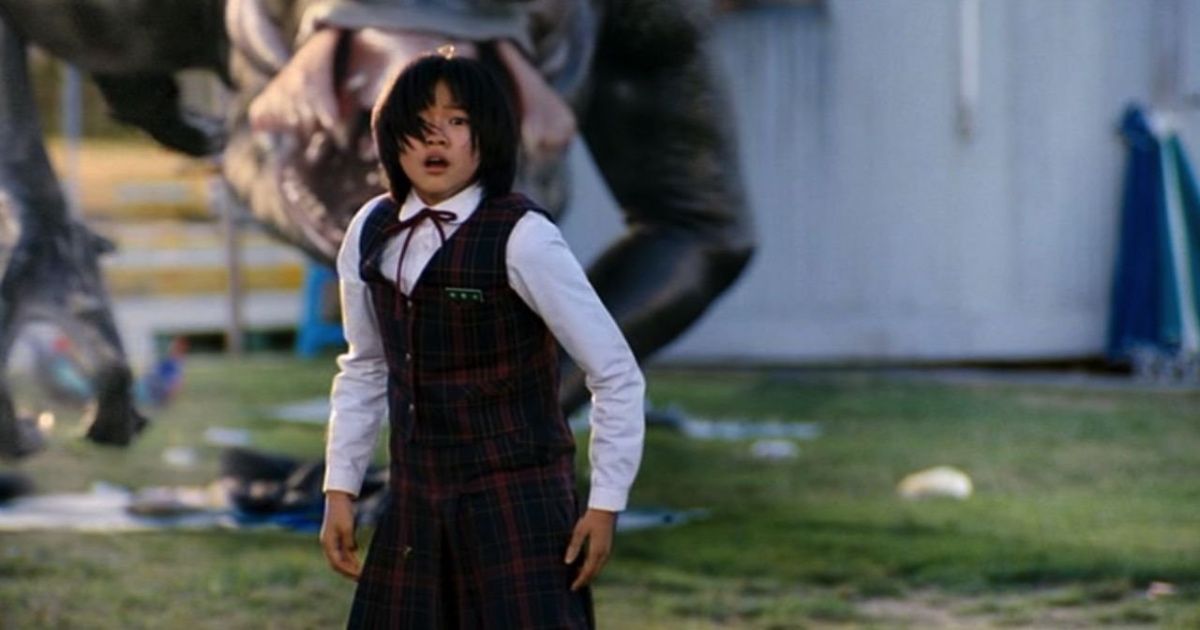
Bong Joon Ho's masterful films always include some kind of commentary on societal and environmental issues. Before Parasite commented on the gross inequities of classism, The Host ("Gwoemul" in Korean) was scaring up success across the globe. A hulking monster rises from the deep years after the American military poured formaldehyde into the Han River of South Korea, and a terrified family must bargain with the creature and reckon with its wrath after it kidnaps their daughter, Park Hyun-seo (Go Ah-sung). The Host became the highest-grossing South Korean film in 2006, according to The Guardian.
5 Annihilation (2018)
Based on the 2014 novel by Jeff VanderMeer, Annihilation details biology gone awry. Directed by Alex Garland, the film sees a team of intrepid scientists sent into the Shimmer, an unpredictable zone where mutated animals and terrifying cross-bred creatures run amok. Lena (Natalie Portman), an ex-soldier who is now a biologist, leads the mission in an attempt to find her husband, who disappeared into the Shimmer and never came out. There are some genuinely terrifying moments in this outwardly atmospheric piece of eco-horror, including an unforgettable sequence featuring a mutant bear that can mimic human screams for help.
4 Creature from the Black Lagoon (1954)
This list wouldn't be complete without one of the earliest examples of eco-horror, Creature from the Black Lagoon. The original film has paved the way for the world of monster movies, spawning sequels, and re-imaginings of the iconic Gillman. The story follows an expedition into South America to track down an elusive amphibious beast, to find out for sure if it is fact or fiction. One of the earliest creature features, this film is a classic battle between man's insatiable curiosity and nature's desire to remain wild, captured in black-and-white. Recently, Greg Nicotero has expressed interest in working on a reboot alongside Robert Rodriguez.
3 The Birds (1963)
Alfred Hitchcock certainly left his mark on the horror, thriller, and mystery genres in many ways, but one of his most memorable films that dabbles into the terrors of the natural world is The Birds, without a doubt. Another example of a once-peaceful coastal area plagued by nature's attempts at revenge, this cult classic was released in 1963. The budding romance between Melanie Daniels (Tippi Hedren) and Mitch Brenner (Rod Taylor) is swiftly interrupted by the birds of Bodega Bay, California mercilessly attacking the city's residents. The avian actors (and their mechanical counterparts) completely steal the show, displaying the power of nature in numbers.
2 Soylent Green (1973)
Arguably one of the most poignant entries on this list, Soylent Green, released in 1973, and takes place in a 2022 not that far off from the one we know. In a world where much of the world's population lives in extreme poverty, a super food called "Soylent Green" is made available to the starving public of an overpopulated New York City. When a high-power Soylent Corporation executive is murdered, Robert Thorn (Charlton Heston) opens an investigation into his death, and even quits his NYPD position to get closer to the real truth. The revolting reveal is one for the ages, culminating in one of the greatest gotcha moments of eco-horror that leaves you with a bad taste in your mouth.
1 Godzilla (1954)
Finally, the original Godzilla serves as the global landmark of monster movies, making it a prime example of the horrors of the ecological world and of human interference. The 1954 iteration, directed by Ishirō Honda, was the first in what would become the longest running film franchise in history, according to The Independent. The growing anxieties in post-war Japan of a nuclear holocaust mount when a scaled gargantuan beast rises from the sea, roused by American hydrogen bomb tests under the water.
Godzilla is the father of Kaiju films that followed his big-screen debut, positioned against a backdrop of important commentary that reflects the true terrors of its time. "While many Americans today think of the film as an almost campy relic of its time, it was intended in Japan to be a metaphor for the ills of atomic testing and the use of nuclear weapons, considering what Japan endured after the bombings," a recent NBC News article read.

